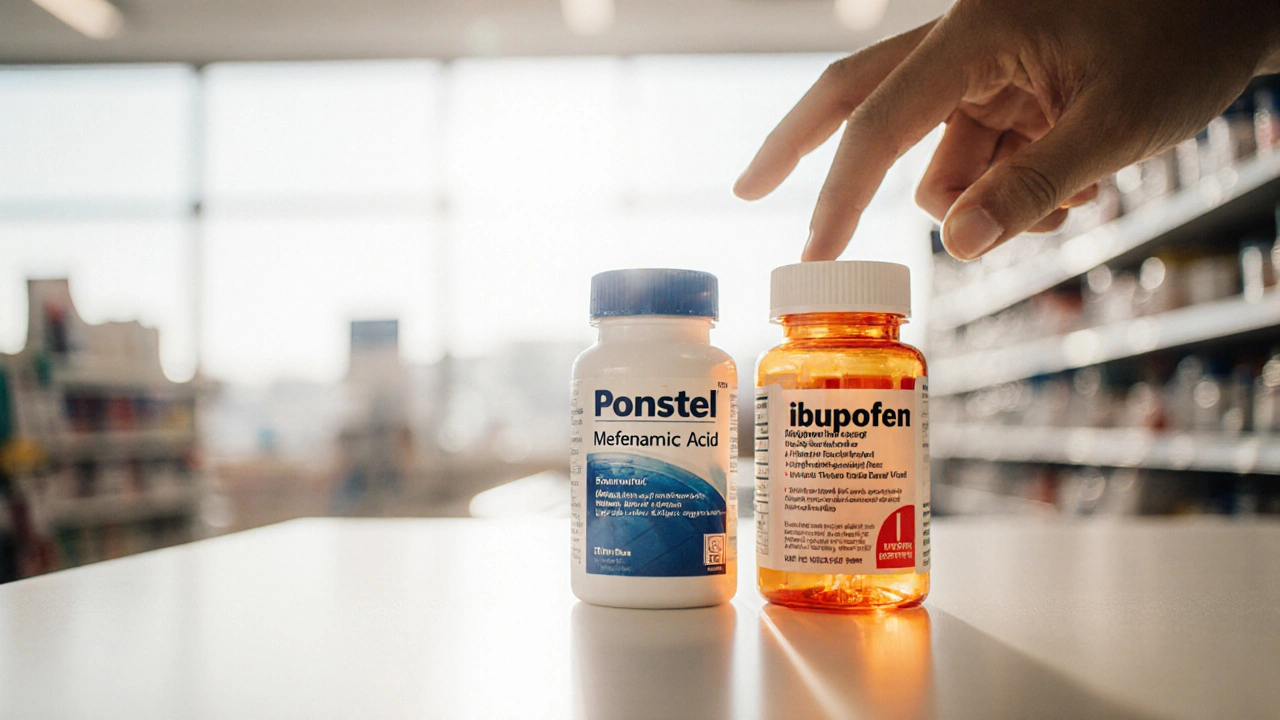Best Pain Medication: How to Pick the Right Relief
If you’ve ever stared at a bottle of pills and wondered which one actually works, you’re not alone. Pain comes in many forms—headaches, joint soreness, muscle cramps—and each type often needs a different approach. The goal is simple: find a medication that eases the pain without causing new problems.
OTC Pain Relievers: Quick and Easy Choices
Over‑the‑counter (OTC) drugs are the first line for most everyday aches. Ibuprofen (Advil, Motrin) cuts inflammation and works well for menstrual cramps, toothaches, and minor sprains. Acetaminophen (Tylenol) is gentler on the stomach and is a go‑to for fever and mild headaches, but it doesn’t reduce swelling. Aspirin can help with heart‑related pain and low‑dose use is often recommended for cardiovascular protection, yet it may irritate the gut.
When you pick an OTC option, read the label for dosage limits. Most adults can safely take up to 1,200 mg of ibuprofen per day without a doctor’s order, while acetaminophen should stay under 3,000 mg to avoid liver damage. If you have kidney disease, ulcers, or are on blood thinners, talk to a pharmacist before reaching for ibuprofen or aspirin.
Prescription Pain Drugs: When Stronger Relief Is Needed
For moderate to severe pain that OTC meds can’t tame, doctors may prescribe opioids, muscle relaxants, or specific nerve‑pain agents. Opioids like oxycodone or hydrocodone are powerful but carry a high risk of dependence, so they’re usually limited to short‑term use after surgery or injury. Keep track of each dose, store them safely, and never share them.
Neuropathic pain—common in conditions like diabetes or shingles—often responds better to drugs such as gabapentin (Neurontin) or duloxetine (Cymbalta). These aren’t traditional painkillers; they work on nerve signals instead of inflammation. Side effects may include drowsiness or dry mouth, so start at a low dose and let your doctor adjust it.
Muscle relaxants like cyclobenzaprine can ease spasm‑related back pain, but they can cause dizziness, so avoid driving until you know how they affect you. Always discuss any other medications you take, because interactions can turn a simple pain plan into a health hazard.
Choosing the right prescription option hinges on the pain’s cause, your medical history, and how you respond to other treatments. A good doctor will weigh the benefits against potential risks, and may suggest non‑drug alternatives—physical therapy, heat/cold packs, or gentle exercise—alongside medication.
In summary, start with the simplest OTC drug that matches your pain type, respect dosage limits, and move to prescription meds only when needed. Keep an open line with your healthcare provider, and never self‑prescribe stronger drugs. By matching the medication to the pain’s source and monitoring side effects, you’ll find relief without unwanted surprises.

Ponstel (Mefenamic Acid) vs Alternatives: Which Pain Reliever Fits Best?
A clear, side‑by‑side look at Ponstel (Mefenamic Acid) versus common pain‑relief alternatives, covering effectiveness, safety, dosing, and when each option is best.
